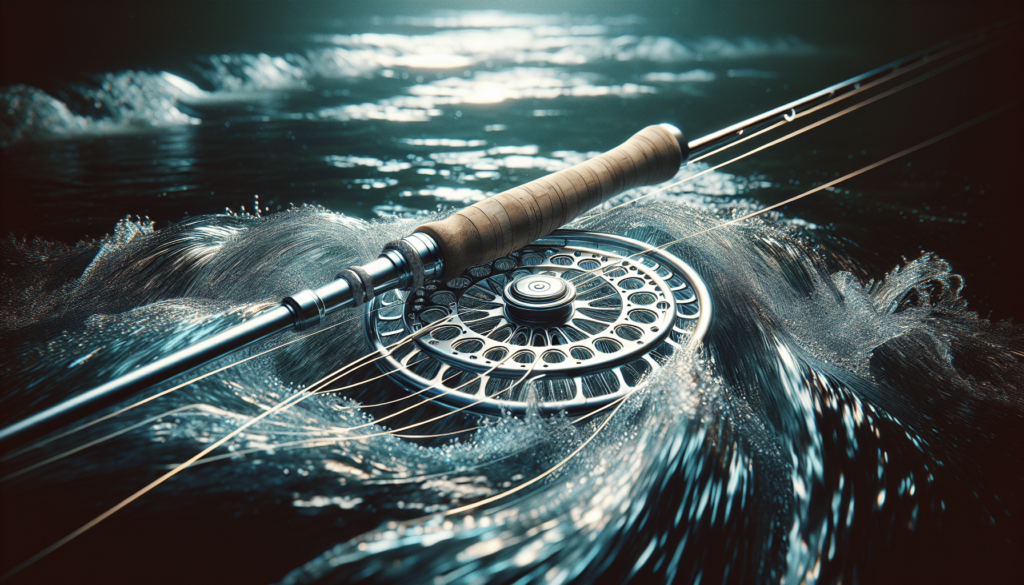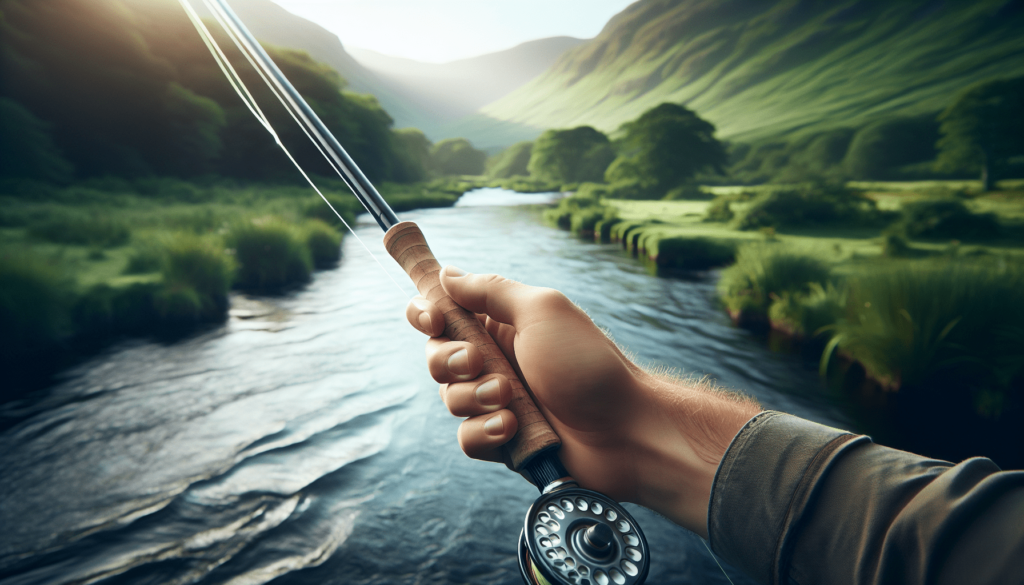
Welcome to the exciting world of fly fishing! If you’re wondering how to cast a fly rod, fret not, as we’re here to guide you through the process. The key to a successful fly cast lies in the proper technique and a bit of practice. By understanding the mechanics of the cast, mastering the timing, and practicing your wrist action, you’ll be able to gracefully cast your line and lure with ease. So grab your gear and let’s dive into the wonderful world of fly fishing! How Do I Cast A Fly Rod?
How do I cast a fly rod? Whether you’re a novice angler or looking to improve your casting technique, this comprehensive guide will walk you through the steps to casting a fly rod like a pro. From choosing the right equipment to mastering the basic casting techniques, we’ve got you covered. Let’s dive in and explore the art of fly casting together.

Selecting the Right Equipment
So you’re ready to learn how to cast a fly rod, but where do you start? The first step is selecting the right equipment. Here’s what you need:
Fly Rod
The fly rod is the main tool you’ll be using for fly fishing. When choosing a fly rod, consider the type of fishing you’ll be doing and the size of the fish you’ll be targeting. Fly rods come in different sizes, weights, and lengths, so it’s important to select one that matches your fishing style.
Fly Reel
The fly reel is used to store the line and provide drag when fighting a fish. Choose a fly reel that is compatible with your fly rod and line weight.
Fly Line
Fly line is specifically designed for fly fishing and is crucial for casting. There are different types of fly lines, such as floating, sinking, and sinking tip lines. Choose a fly line that best suits the type of fishing you’ll be doing.
Leader and Tippet
The leader and tippet are thin, transparent lines that are attached to the end of the fly line. They help to connect the fly to the fly line and provide a more natural presentation in the water.
Flies
Flies are artificial lures that are used to mimic the insects and baitfish that fish feed on. There are various types of flies, such as dry flies, nymphs, and streamers. Choose a fly that matches the insects or baitfish in the area you’ll be fishing.
Understanding the Basics of Fly Casting
Now that you have the right equipment, it’s time to understand the basics of fly casting. Fly casting is different from traditional casting techniques used in other types of fishing. Here are the key components of fly casting:
Grip
The grip is how you hold the fly rod. There are different types of grips, such as the thumb-on-top grip and the V-grip. Experiment with different grips to find one that feels comfortable and allows for accurate casting.
Stance
Your stance plays a crucial role in casting. Stand with your feet shoulder-width apart and your body facing the target. Distribute your weight evenly on both feet and keep your knees slightly bent.
The Four Basic Fly Casting Techniques
- The Basic Cast
- False Casting
- Roll Cast
- Shooting Line
The Basic Cast
The basic cast is the foundation of all fly casting techniques. Here’s how to perform the basic cast:
- Hold the fly rod with your dominant hand and make an L-shape with your arm.
- Raise the rod to the 10 o’clock position behind you.
- Accelerate the rod forward to the 2 o’clock position in front of you.
- Release the line on the forward cast, allowing the fly to land gently on the water.
False Casting
False casting is when you repeatedly cast the line back and forth without allowing it to fully extend. This technique is useful for drying out the fly, changing direction, or increasing distance.
Roll Cast
The roll cast is a technique used when there’s limited space behind you to perform a backcast. Here’s how to execute a roll cast:
- Raise the rod to the 10 o’clock position behind you.
- Make a small circular motion with the rod tip to create momentum.
- Quickly bring the rod forward in a smooth motion.
- Release the line on the forward cast to complete the roll cast.
Shooting Line
Shooting line is a technique used to increase casting distance. To shoot line, release your line hand from the fly line as it accelerates forward on the cast. This allows more line to be released, extending your reach.
Practicing Your Casting Technique
Practice makes perfect when it comes to fly casting. Here are some tips for improving your casting technique:
Practice in Open Areas
Find an open space, such as a park or field, to practice your casting technique. This will give you more room to move and perfect your casting stroke.
Use Targets
Set up targets, such as hula hoops or cones, at different distances to practice your accuracy and distance casting.
Get Feedback
Consider taking a casting lesson from a certified casting instructor or joining a local fly fishing club. They can provide valuable feedback on your technique and help you improve your casting skills.
Video Analysis
Record yourself casting and analyze the video to identify areas for improvement. Pay attention to your stance, grip, and casting stroke.
Troubleshooting Common Casting Mistakes
Even experienced anglers make casting mistakes from time to time. Here are some common casting mistakes and how to troubleshoot them:
Tailing Loop
A tailing loop occurs when the top and bottom sections of the fly line cross over during the cast, creating a knot or loop in the line. To avoid a tailing loop, slow down your casting stroke and focus on keeping a straight line path when casting.
Wind Knots
Wind knots occur when the line snags on itself during casting, creating a knot in the line. To prevent wind knots, make sure your loops are tight and your casting stroke is smooth and controlled.
Leader Snags
Leader snags happen when the leader wraps around the rod tip during casting, causing tangles and knots. To avoid leader snags, pay attention to your loops and make sure the leader is following the fly line smoothly during casting.
Line Slap
Line slap occurs when the fly line lands on the water with too much force, creating noise and spooking fish. To prevent line slap, focus on making a gentle presentation by stopping the rod high and allowing the line to roll out softly on the water.

Advanced Fly Casting Techniques
Once you’ve mastered the basics of fly casting, you can move on to advanced techniques to improve your casting skills. Here are some advanced fly casting techniques to try:
Double Haul
The double haul is a technique used to increase casting distance and line speed. It involves using both hands to pull and release the line during the casting stroke.
Reach Cast
The reach cast is a technique used to place the fly line in a specific direction without spooking fish. It involves extending the casting arm and tilting the rod to reposition the line.
Curve Cast
The curve cast is a technique used to deliver the fly around obstacles, such as rocks or trees, and present the fly in a natural manner. It involves bending the fly line around an obstacle using a sidearm casting motion.
Pile Cast
The pile cast is a technique used to deliver the fly line in a vertical pile on the water, creating a natural drift. It involves stopping the rod high on the backcast and allowing the line to fall in a pile on the water.
Conclusion
Congratulations, you’ve learned how to cast a fly rod like a pro! Remember, practice is key to mastering the art of fly casting. Take your time, experiment with different techniques, and enjoy the journey of becoming a skilled fly angler. So grab your fly rod, hit the water, and let the adventure begin. Happy casting!